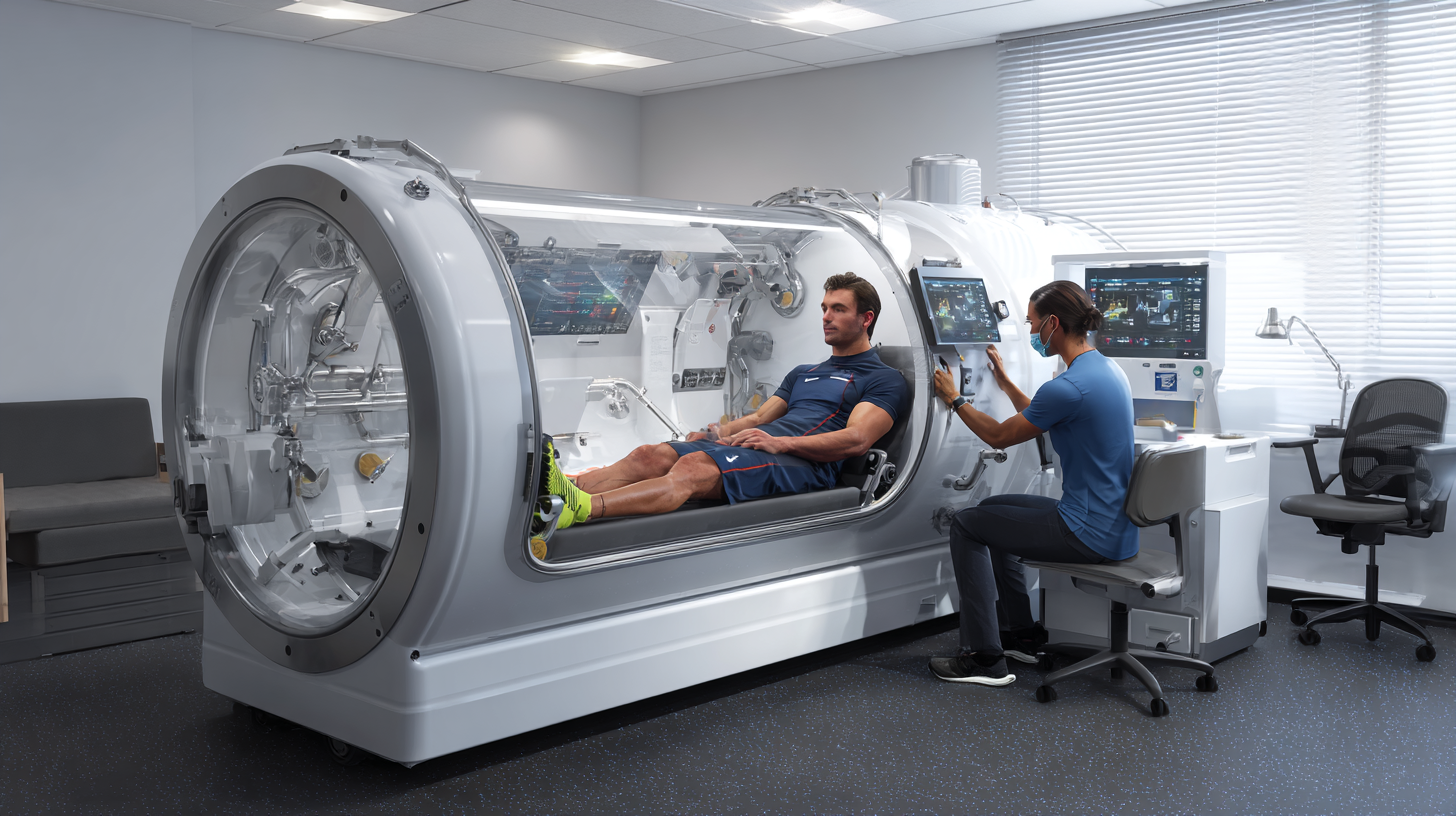
Hyperbaric Oxygen Therapy (HBOT) may once have seemed like a niche medical intervention, but today it is increasingly gaining traction as a mainstream option for recovery and rehabilitation.
From professional athletes and post-surgery patients to those grappling with chronic pain, more people are turning to HBOT for its regenerative potential.
But what exactly is this therapy, and how does it accelerate healing? Let’s take a deeper look inside the chamber.
HBOT involves breathing 100% pure oxygen in a pressurized environment, typically 1.5 to 3 times higher than normal atmospheric pressure.
This elevated pressure increases the amount of oxygen your blood can carry, saturating your plasma and reaching damaged tissues that might otherwise have limited circulation.
Think of it as supercharging your body’s natural healing process. With more oxygen available at the cellular level, inflammation can decrease, white blood cells function more effectively, and tissue regeneration is enhanced.
For athletes, recovery is everything. Injuries such as muscle tears, ligament sprains, tendonitis, and even concussions can derail seasons or careers. HBOT is being adopted by many in the sports world to reduce downtime and support full recovery.
One of the key benefits is HBOT’s anti-inflammatory effect. When tissues are damaged, they swell due to inflammation, which slows healing. HBOT reduces that swelling while simultaneously encouraging the formation of new blood vessels (angiogenesis). This can lead to faster repair of injured tissues.
Elite athletes are already on board. LeBron James is said to invest over $1.5 million annually in body maintenance and recovery techniques, with HBOT reportedly among his tools of choice, Business Insider.
Post-operative recovery isn’t just about rest; it’s about reducing swelling, supporting wound healing, and avoiding complications like infections. HBOT is now frequently recommended by surgeons for its ability to do all three.
The pressurized oxygen environment helps oxygen reach surgical wounds more efficiently, supporting faster healing. It also improves immune function, reducing the risk of post-op infections.
Plastic surgeons and orthopedic specialists have increasingly incorporated HBOT into recovery plans to minimize bruising and expedite return to normal function.
Major medical institutions like the Mayo Clinic and Johns Hopkins include HBOT in certain recovery protocols, particularly for complex wounds and post-radiation tissue damage.
HBOT isn’t only for the physically active or the recently operated upon. It has shown promising results for chronic pain sufferers, especially those dealing with inflammatory conditions like fibromyalgia, arthritis, and neuropathic pain.
A study published in Pain Practice found that patients with Complex Regional Pain Syndrome (CRPS) who underwent HBOT experienced a significant reduction in symptoms, including pain severity and sensitivity.
By increasing oxygen delivery and reducing oxidative stress, HBOT offers a new avenue for long-term pain management without reliance on pharmaceuticals.
Treatment plans vary depending on the condition, but many patients undergo 20 to 40 sessions, each lasting around 60 to 90 minutes. Some notice benefits after just a few sessions, while others may require more to see measurable improvements.
Some top researchers believe: “Tissue healing is a gradual process, and hyperbaric oxygen facilitates this by enhancing oxygen delivery where it’s most needed.”
The effectiveness of HBOT stems from its ability to address healing at the cellular level. Under normal atmospheric conditions, oxygen is primarily carried by hemoglobin in red blood cells. However, the increased pressure in hyperbaric chambers allows plasma to carry substantially more dissolved oxygen, reaching areas that may have compromised circulation.
This enhanced oxygen delivery triggers several beneficial processes:
Increased oxygen availability boosts cellular metabolism and energy production, providing cells with the resources needed for repair and regeneration.
HBOT stimulates the formation of new blood vessels, improving long-term circulation to injured or compromised tissues.
High oxygen concentrations create an environment hostile to many bacteria, particularly anaerobic organisms, reducing infection risk.
Enhanced oxygen levels promote collagen production, essential for wound healing and tissue repair.
HBOT helps regulate inflammatory responses, reducing excessive inflammation while supporting beneficial immune activity.
The therapy has been widely embraced by some of the world’s top athletes. Novak Djokovic has publicly endorsed HBOT as part of his recovery and performance enhancement regimen, The Guardian.
Tennis legend Rafael Nadal has also used HBOT for injury management and recovery, according to The Telegraph. Their use underscores how this therapy has moved from obscure to essential in high-performance settings.
From acute sports injuries and surgical recovery to managing lifelong chronic pain, HBOT is proving to be a versatile and scientifically backed ally in healing. As research continues and technology becomes more accessible, HBOT is poised to play a bigger role in integrative recovery strategies.
This article is for informational purposes only and does not constitute medical advice. Always consult a qualified healthcare provider before beginning any new treatment, including hyperbaric oxygen therapy.